Table of Contents[Hide][Show]
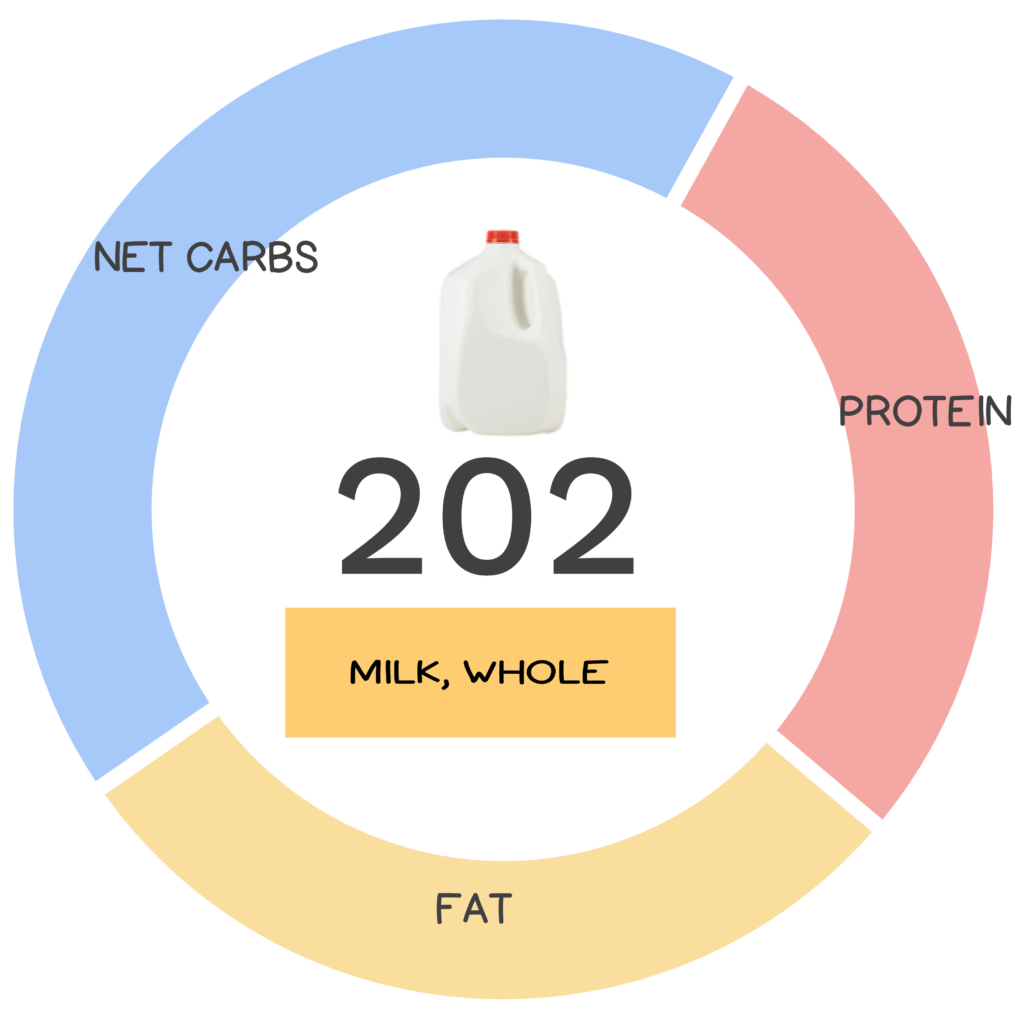
Milk is the liquid that is produced by mammary glands of mammals and is used to provide the majority (if not all) of the nutrients for their young before they can digest solid foods adequately. The milk created during lactation is typically filled with immune-modulating compounds and antibodies that fight off disease and strengthen the immune system of the vulnerable young baby.
Milk is not only filled with vitamins and minerals but contains immune-modulating components and even some antibodies that can help to develop and strengthen immune systems.
The discovery of milk as a food product outside of feeding infants happened organically following the domestication of animals in several different locations as early as 9000-7000 BC. Interestingly, the discovery happened in many different locations at the same time, all independent of each other’s discovery! Growing populations and the invention of the railway networks allowed milk production to rapidly expand across countries.
Milk is also filled with nutrients such as protein, lactose, calcium and many others, which is why it became popularized as a commodity in the global market. Milk is typically collected and shipped in liquid form, but can also be freeze-dried into powder, which allows for a more shelf-stable product, and can therefore be shipped all around the world. Milk is often fortified to supplement different cultural populations’ nutrient deficiencies (e.g., in North America, milk is commonly fortified with vitamins A and D). The largest global producers of milk are India, the European Union, and the United States.
Many cultures consume milk far beyond infancy by collecting, treating, and refrigerating it from a wide variety of animals including cows, sheep, goats, camel, horse, yak, ox, moose, reindeer and even buffalo. Swine (pigs) are also able to produce milk but are almost never used as the work is cumbersome and low yield. However, some pig farms produce high-priced pig cheese as a novelty! The majority of milk consumed globally is produced by cattle. Milk can also be processed into dozens of other dairy products, which makes it an extremely important commodity worldwide. Some of the products include cheese, yogurt, kefir, butter, and ice cream. Components of milk can be industrially separated to be used in other food products such as powdered milk, casein, whey protein, lactose, and condensed milk.
There are different fat levels, and therefore nutrition profiles of milk. The variety of milk and it’s nutrient profile depends on the breed of animal it was collected from and the amount of fat that is retained in the milk during processing (e.g., whole milk, skim milk, 1% milk, 2% milk, heavy cream etc.) Commercial milk can also undergo a variety of physical treatment steps to ensure it’s safety profile for consumption and transportation. Pasteurization heats the milk to kill harmful bacteria, with the side effect of reducing some of the nutrition. Filtration separates the different fat content layers of a milk product to impact the shelf life and the nutrition profile. Homogenization and creaming treatments can be done to prevent the fat layers from separating and produce a more palatable product. Ultra Heat Treatment (UHT) can be done on milk products to extend its unopened shelf life up to 6 months, but because of the high heat, this process significantly affects the amount of vitamins in the final product and does alter the taste as well.
While the benefits of raw milk are often espoused on a variety of platforms, the Centers for Disease Control and Prevention (CDC) warns that untreated (or “raw”) milk can contain harmful bacteria and germs that can pose a risk to those who drink it. Treatment such as pasteurization is very important to reduce the risk of serious illness.
This global commodity offers not only impressive yields and widespread availability, but is a great source of some amazing nutrients. Let’s clear the “whey” and head down the path of learning what makes milk a great choice!
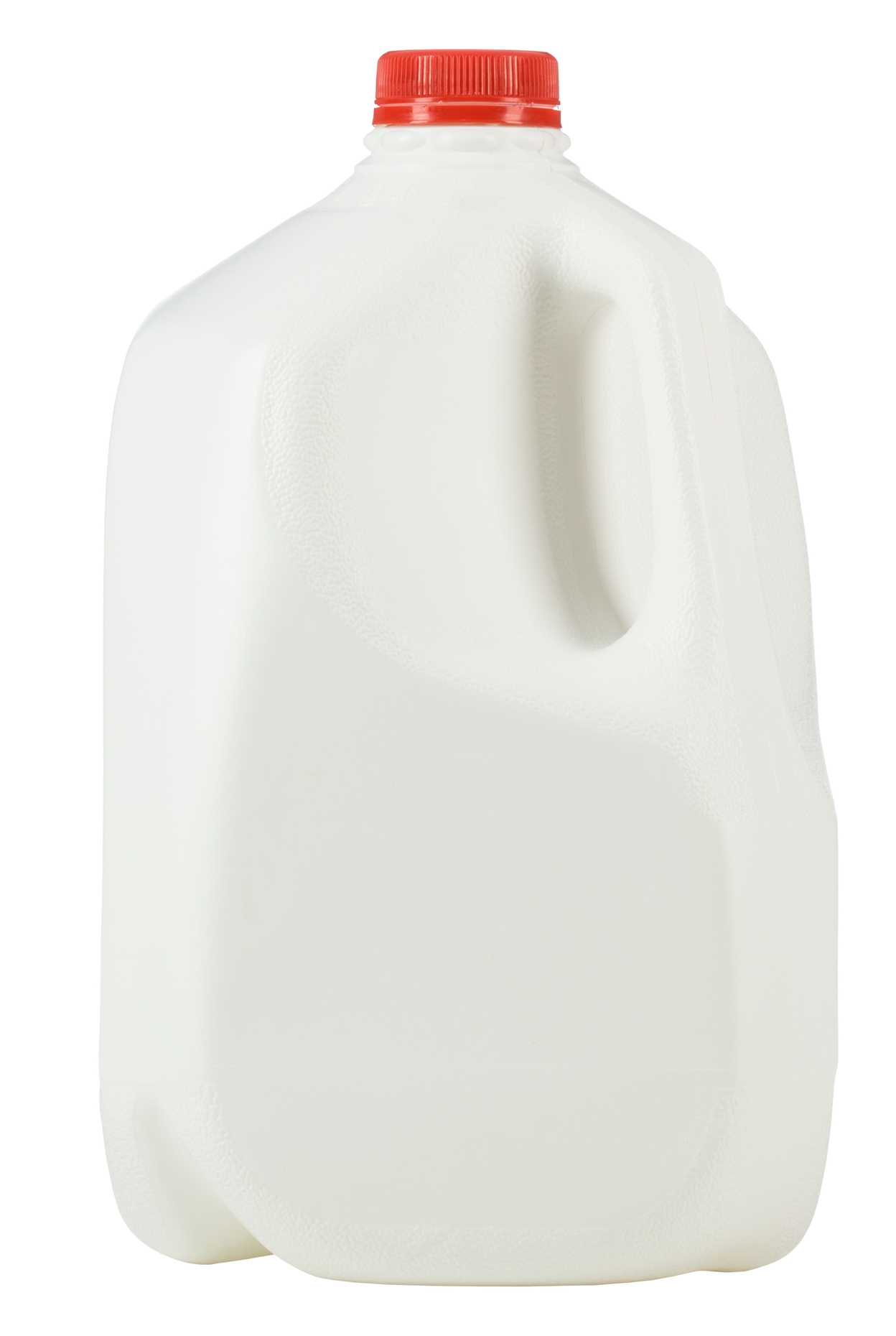
Nutrivore Score for Whole Milk – 202
Cow’s whole milk (3.25% milk fat) has a Nutrivore Score of 202, making it a medium nutrient-dense food!
Per serving, whole milk is an excellent source (20-50% daily value) of calcium, vitamin B2 (riboflavin), vitamin B7 (biotin), and vitamin B12 (cobalamin); and a good source (10-20% daily value) of alpha-linolenic acid (ALA), conjugated linoleic acid (CLA), medium-chain triglycerides (MCTs), monounsaturated fatty acids (MUFA), phosphorus, protein, selenium, vitamin A, and vitamin B5 (pantothenic acid).
Ditch Diets. Embrace Nutrients. Start with this FREE Guide.
Sign up for the free Nutrivore Newsletter, your weekly, science-backed guide to improving health through nutrient-rich foods — without dieting harder —and get the Beginner’s Guide to Nutrivore delivered straight to your inbox!

Whole Milk Nutrition Facts
One serving of cow’s whole milk (3.25% milk fat) is standardized to 1 cup or about 244 grams (8.6 ounces).
Whole milk Nutrition Facts Per Serving
| Milk, whole | Nutrivore Score: 202 | Nutrient Density: Medium |
|---|---|---|
| Serving Size: 1 cup (244 grams) | Protein: 7.7 grams | Net Carbohydrates: 11.7 grams |
| Calories: 149 | Total Fat: 8.0 grams | Dietary Fiber: 0.0 grams |
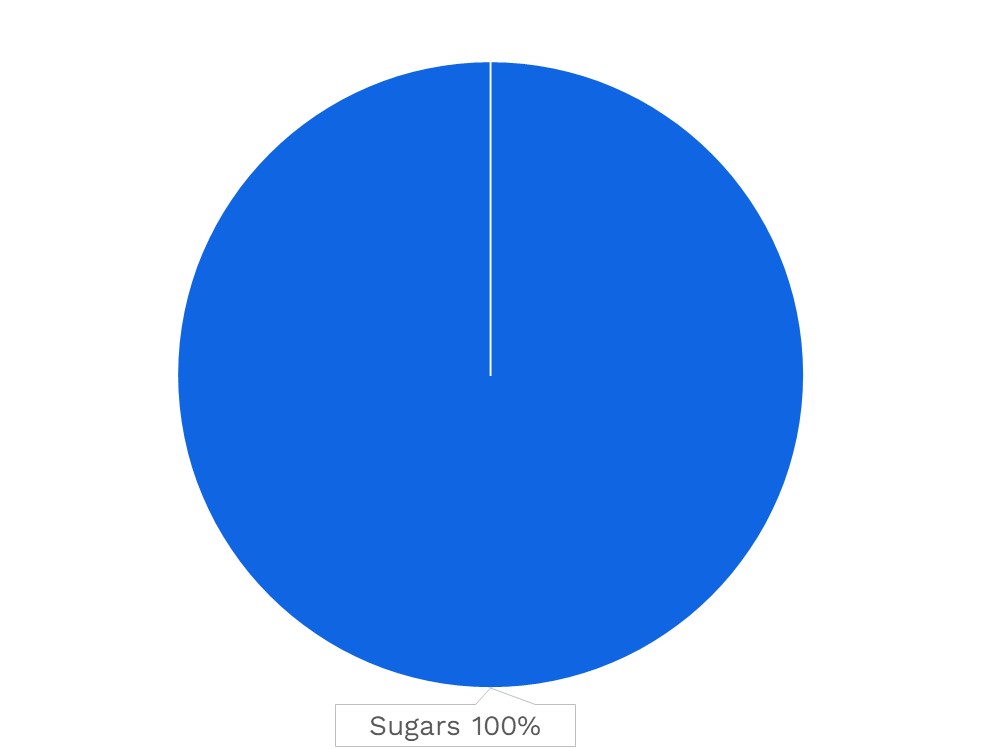
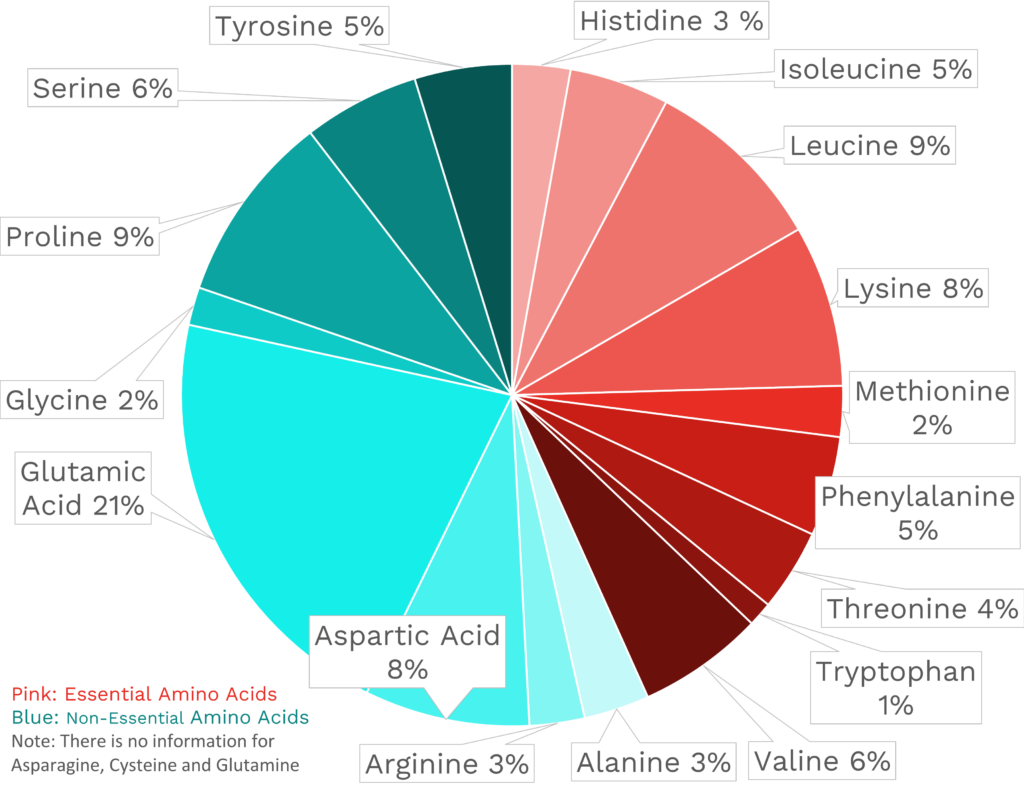
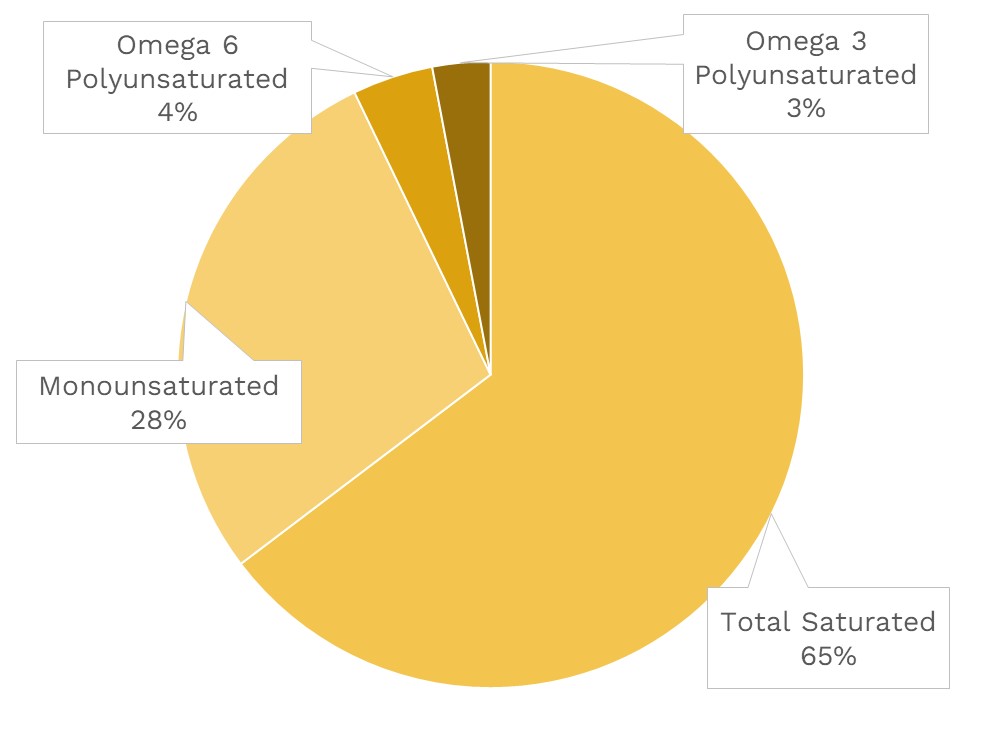
| VITAMINS | ||
|---|---|---|
| Vitamin A | 112.2 μg RAE | 12% DV |
| Vitamin B1 (Thiamin) | 112.2 μg | 9% DV |
| Vitamin B2 (Riboflavin) | 412.4 μg | 32% DV |
| Vitamin B3 (Niacin) | 0.2 mg | 1% DV |
| Vitamin B5 (Pantothenic Acid) | 0.9 mg | 18% DV |
| Vitamin B6 (Pyridoxine) | 87.8 μg | 5% DV |
| Vitamin B7 (Biotin) | 9.3 μg | 31% DV |
| Vitamin B9 (Folate) | 12.2 μg | 3% DV |
| Vitamin B12 (Cobalamin) | 1.1 μg | 46% DV |
| Vitamin C | 0.0 mg | 0% DV |
| Vitamin D (D2 + D3) | 0.2 μg | 1% DV |
| Vitamin E | 0.2 mg | 1% DV |
| Vitamin K | 0.7 μg | 1% DV |
| Choline | 34.9 mg | 6% DV |
| Myo-Inositol | 9.8 mg | ~ |
| CoQ10 | 0.1 mg | ~ |
| FUNCTIONAL FATS | ||
|---|---|---|
| MUFA | 2.0 g | 10% DV |
| ALA | 183.0 mg | 11% DV |
| EPA + DHA | 0.0 mg | 0% DV |
| CLA | 80.6 mg | ~ |
| Linoleic Acid | 0.3 g | 2% DV |
| MCT’s | 0.7 g | ~ |
| MINERALS | ||
|---|---|---|
| Calcium | 275.7 mg | 21% DV |
| Copper | 61.0 μg | 7% DV |
| Iodine | ~ | ~ |
| Iron | 0.1 mg | 0% DV |
| Magnesium | 24.4 mg | 6% DV |
| Manganese | 9.8 μg | 0% DV |
| Phosphorus | 205.0 mg | 16% DV |
| Potassium | 322.1 mg | 7% DV |
| Selenium | 9.0 μg | 16% DV |
| Sodium | 104.9 mg | 5% DV |
| Zinc | 0.9 mg | 8% DV |
| PHYTONUTRIENTS | ||
|---|---|---|
| Carotenoids | 17.1 μg | ~ |
| Polyphenols | 0.0 mg | ~ |
| Phytosterols | 0.0 mg | ~ |
| Glucosinolates | ~ | ~ |
| Thiosulfinates | ~ | ~ |
| Betalains | ~ | ~ |
| AMINO ACIDS & PEPTIDES | ||
|---|---|---|
| Taurine | 5.9 mg | ~ |
| Ergothioneine | 0.0 mg | ~ |
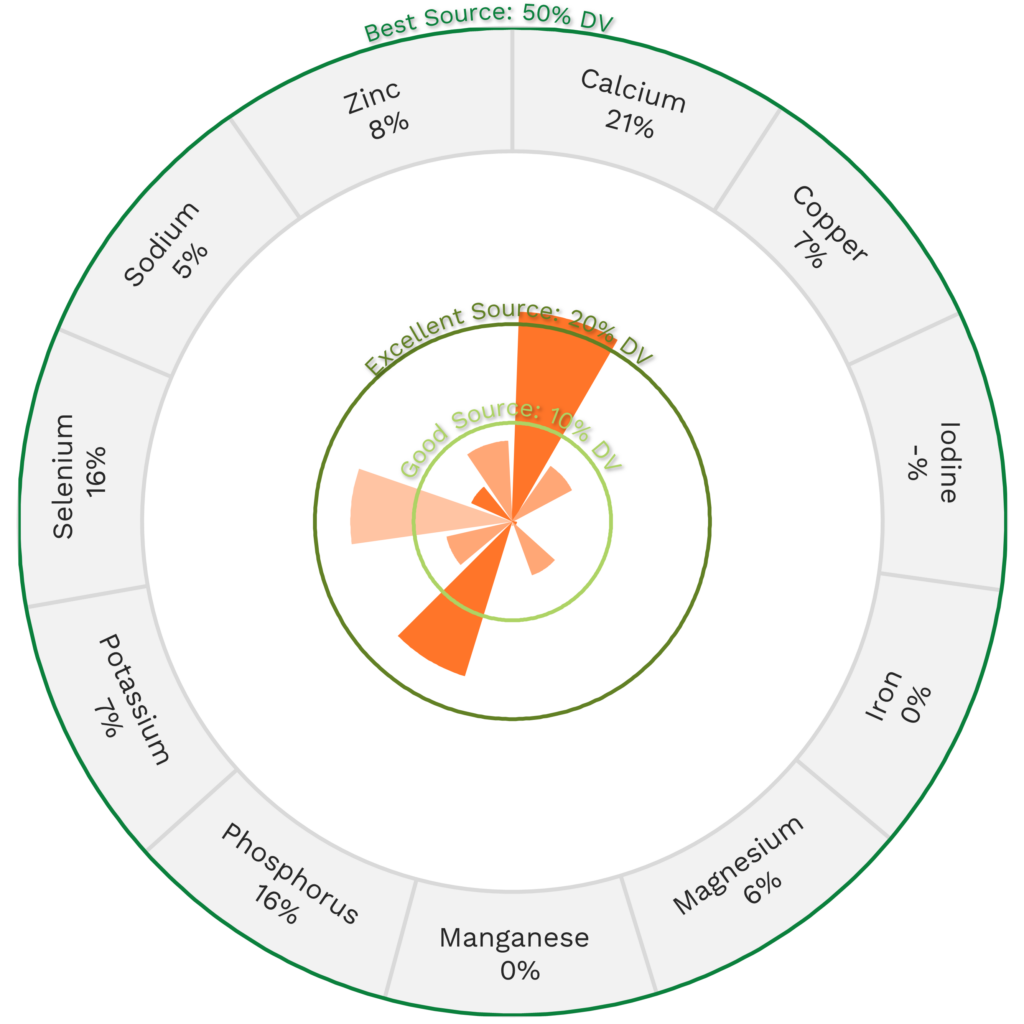

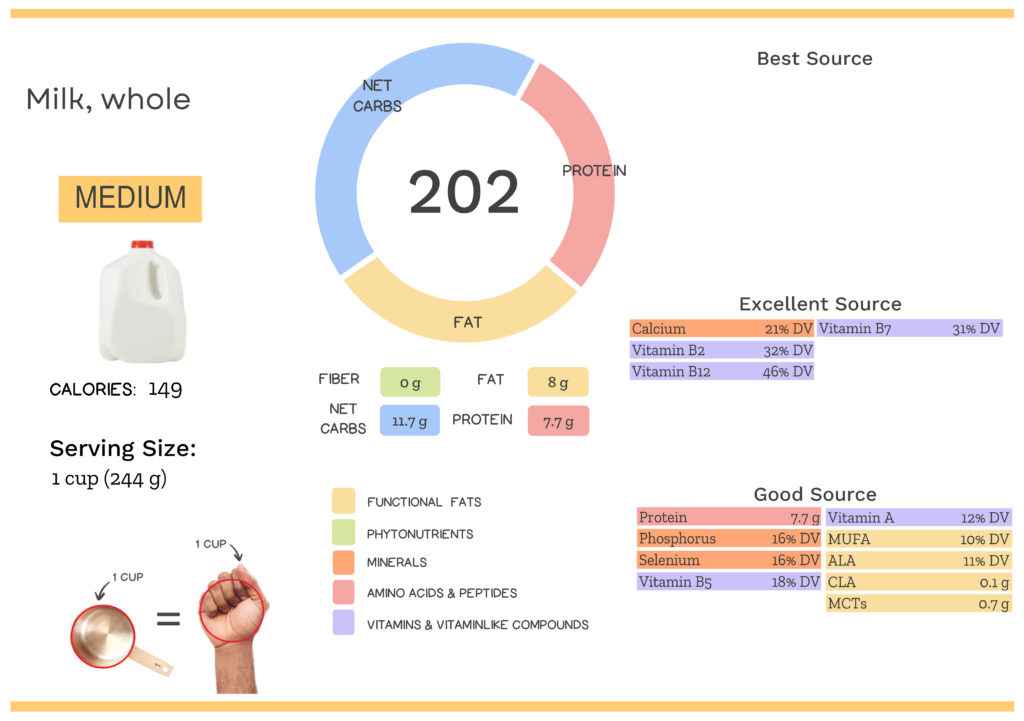
Cow’s Milk Nutrition Varies With Fat Content
The Nutrivore Score of milk varies based on the percentage of milk fat (the amount of fat in the milk by weight).
| NUTRIVORE SCORE | |
|---|---|
| Milk, 1% milk fat | 251 |
| Milk, 2% milk fat | 224 |
| Milk, skim or fat-free | 305 |
| Milk, whole, 3.25% milk fat | 202 |
Whole Milk Nutrition Varies With Fortification
The Nutrivore Score of milk varies with fortification. Fortified milk is milk that contains vitamins and minerals not naturally occurring in milk in significant quantities. In the United States, milk is commonly fortified with vitamins A and D.
| NUTRIVORE SCORE | |
|---|---|
| Milk, whole, 3.25% milk fat, with added vitamin D | 2121 |
| Milk, whole, 3.25% milk fat, without added vitamin A and vitamin D | 202 |
Milk Nutrition Varies With Type
There are many different types of milk, which can be used in place of, or in addition to, cow’s milk. These will vary in taste and Nutrivore Score. Choose the ones you like, have access to, and can afford. They all have nutrients.
| NUTRIVORE SCORE | |
|---|---|
| Almond milk, unsweetened | 7441 |
| Breast milk | 147 |
| Coconut milk, canned | 184 |
| Cow milk, whole, 3.25% milk fat | 202 |
| Goat milk (with added vitamin D) | 1781 |
| Rice milk, unsweetened | 234 |
| Sheep milk | 2102 |
| Soy milk, unsweetened | 4252 |
Are you udderly impressed by all the nutrition in milk? Maybe your friends will be too!
Health Benefits of Whole Milk Nutrients
Let’s take a closer look at all of the best and excellent source of nutrients found in a 1-cup serving of whole milk and see how they benefit our health.
Whole Milk Provides 46% DV Vitamin B12 (Cobalamin)
Whole milk is an excellent source of vitamin B12 (cobalamin), providing 46% of the daily value per 1-cup serving!
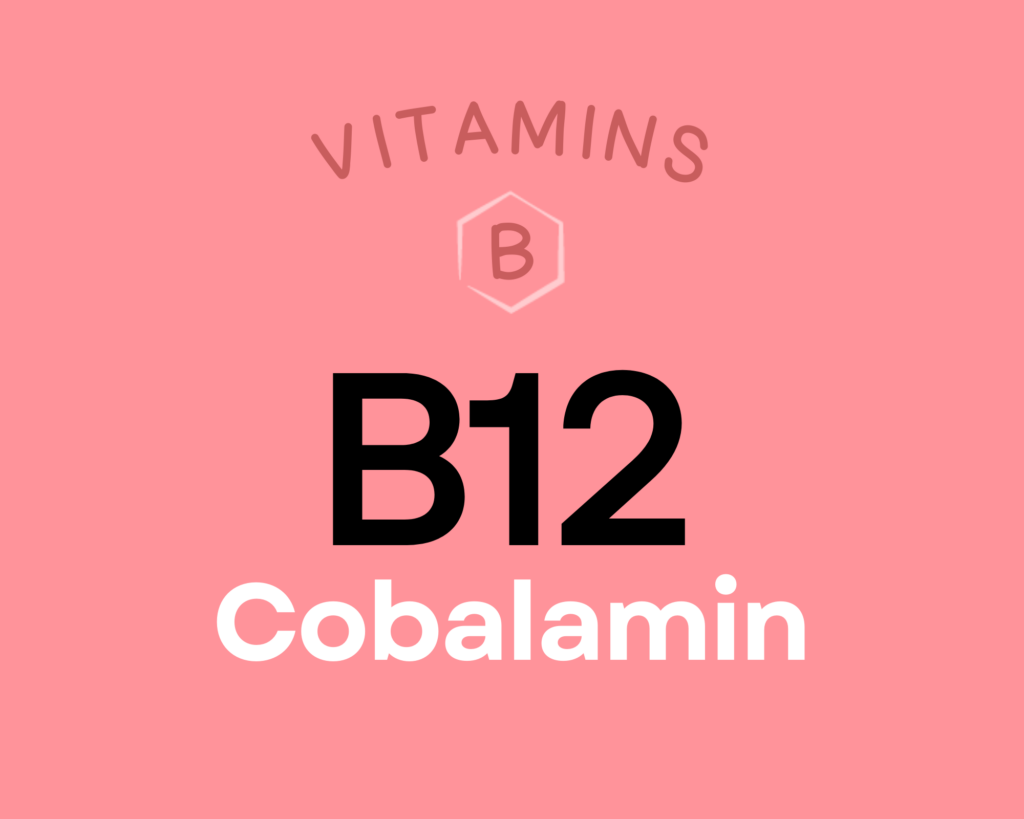
Vitamin B12 (cobalamin) is a water-soluble vitamin that serves as a cofactor for enzymes involved in energy metabolism, red blood cell production, DNA synthesis, neurotransmitter production, nervous system health, and folate metabolism. As a result of these roles, vitamin B12 is vital for maintaining brain and nervous system health, and may have a protective effect against dementia, Alzheimer’s disease, and depression. There’s also some evidence vitamin B12 may be cancer-protective, possibly through supporting folate metabolism (which then assists in repairing DNA damage). Learn more about vitamin B12 here.
Whole Milk Provides 32% DV Vitamin B2 (Riboflavin)
Whole milk is also an excellent source of vitamin B2 (riboflavin), providing 32% of the daily value per 1-cup serving!
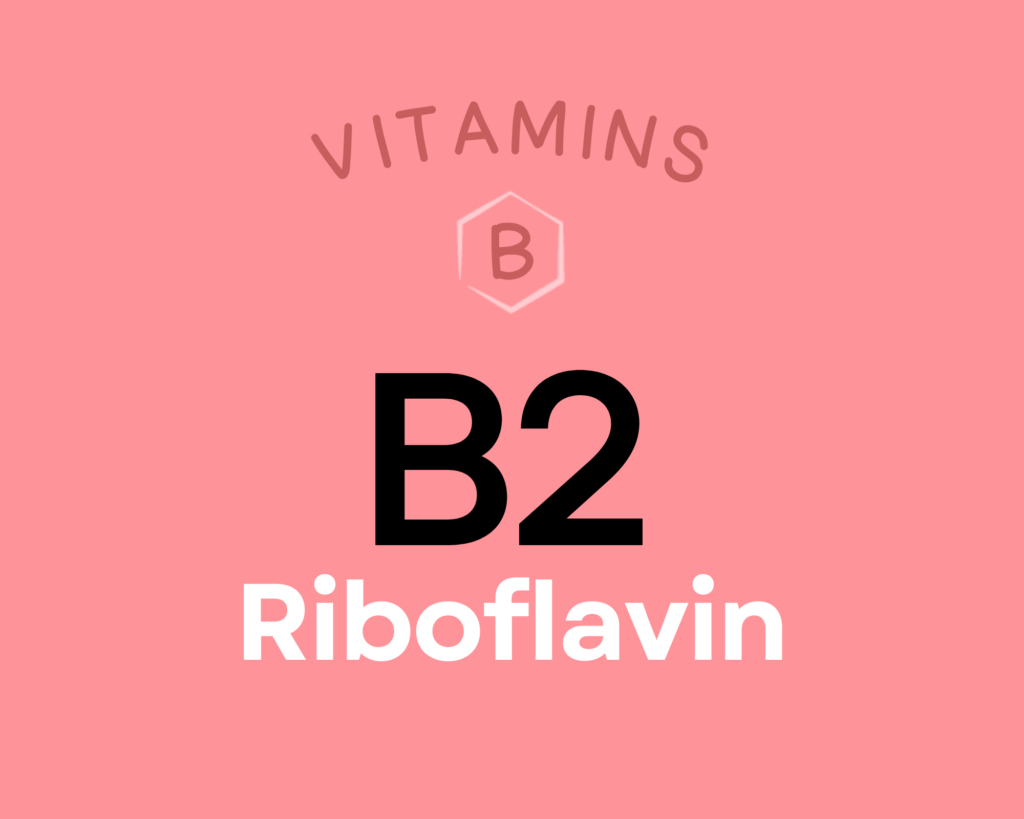
Riboflavin (or vitamin B2) is a vitamin that helps form two important coenzymes involved in oxidation-reduction reactions: flavin mononucleotide (FMN), and flavin adenine dinucleotide (FAD). Collectively, these coenzymes are involved in antibody production, energy production, growth and development, skin and hair health, and the metabolism of several other nutrients (vitamin B6, niacin, folate, and iron). Research suggests a role for riboflavin in preventing or treating migraine headaches, cardiovascular disease, cataracts, and preeclampsia during pregnancy. It also possesses some anti-cancer properties due to its involvement in folate metabolism and MTHFR activity. Learn more about vitamin B2 here.
Whole Milk Provides 31% DV Vitamin B7 (Biotin)
Whole milk is an excellent source of vitamin B7 (biotin), providing 31% of the daily value per 1-cup serving!
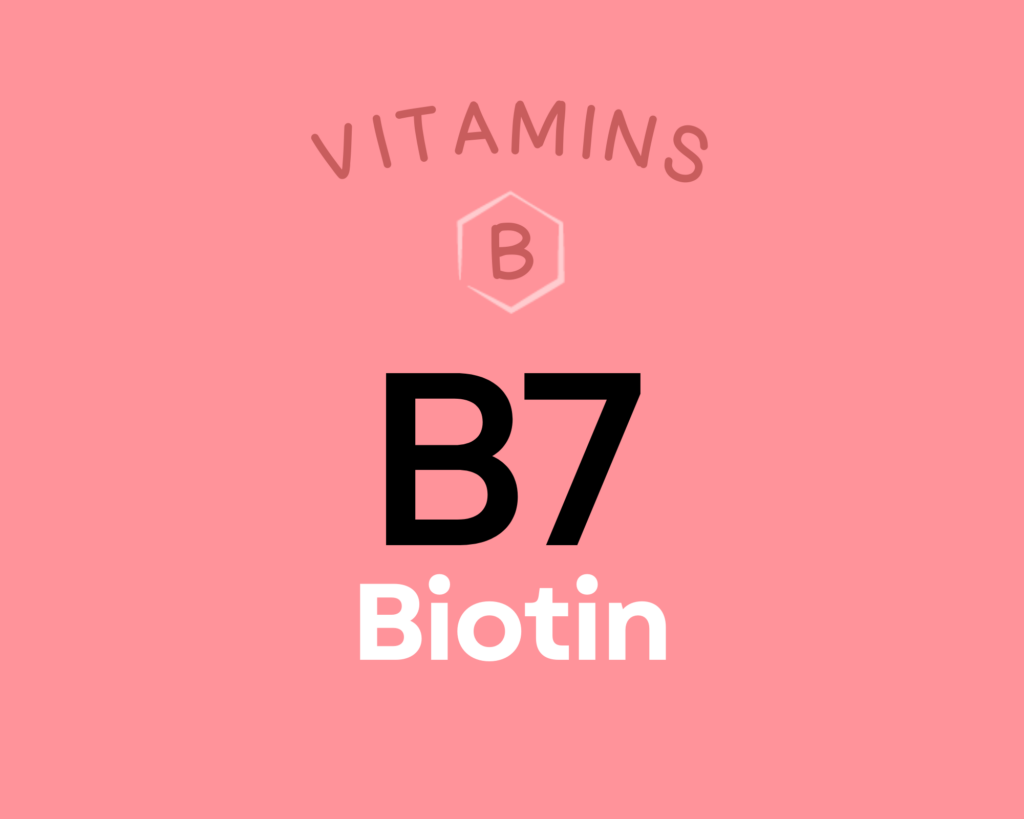
Biotin is a water-soluble B vitamin, also known as vitamin B7. Like other B vitamins, it plays an important role in energy metabolism (serving as a coenzyme for five carboxylase enzymes), neurotransmitter production, cellular function, and the function of various organs. Getting enough biotin can help support healthy nail and hair growth. It’s also particularly important during pregnancy, with low intakes increasing the risk of premature delivery and birth defects. There’s even some evidence biotin can benefit diabetics and reduce functional disabilities in people with multiple sclerosis. Learn more about biotin here.
Whole Milk Provides 21% DV Calcium
Whole milk is also an excellent source of calcium, providing 21% of the daily value per 1-cup serving!
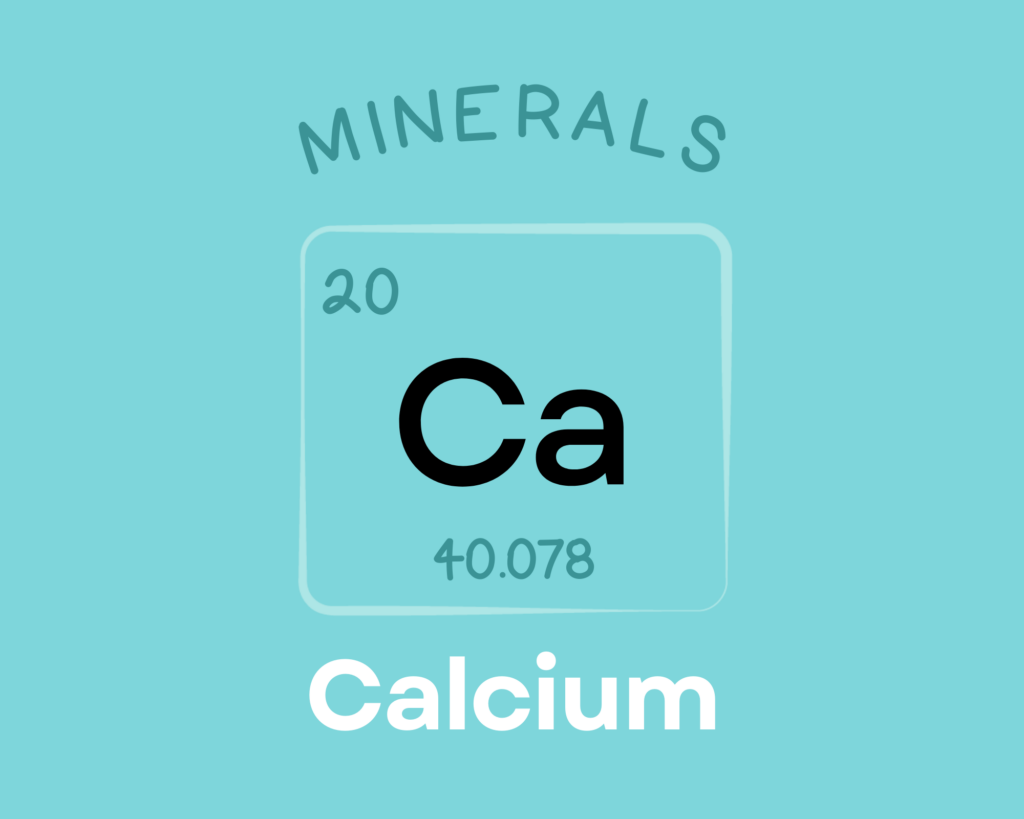
Calcium is a major structural component of bones and teeth, and also serves as an electrolyte—a type of electricity-conducting mineral needed for regulating nerve impulses, muscle contraction (including the heartbeat), blood pH, and fluid balance. Getting enough calcium helps protect against osteoporosis and bone fractures, while also potentially reducing the risk of colorectal cancer, pregnancy-related high blood pressure, and kidney stones. It may even help improve PMS symptoms and assist in body weight regulation! Learn more about calcium here.
Learn What Foods Are the Best Sources of Every Nutrient

The Top 25 Foods for Every Nutrient
The Top 25 Foods for Every Nutrient e-book is a well-organized, easy-to-use, grocery store-friendly guide to help you choose foods that fit your needs of 43 important nutrients while creating a balanced nutrient-dense diet.
Get two “Top 25” food lists for each nutrient, plus you’ll find RDA charts for everyone, informative visuals, fun facts, serving sizes and the 58 foods that are Nutrient Super Stars!
Buy now for instant digital access.
How Much Whole Milk Should We Drink Per Day?
While dairy products may not be the most nutrient-dense foods, they are a “grate” source of calcium in addition to containing a range of other nutrients, all the while being a complete protein – “whey” better than you thought, huh?
Studies show a good target for most people is two servings of dairy products daily, with the most benefits coming from fermented versions like yogurt or kefir.
A 2021 meta-analysis of 55 prospective cohort studies found that dairy consumption in general was associated with a 10% lower risk of stroke, a 4% lower risk of coronary heart disease, and a 9% reduced risk of hypertension (high blood pressure). A 2016 meta-analysis of 29 cohort studies showed that cheese reduced cardiovascular disease risk, and fermented dairy reduced total mortality risk, albeit by a very modest amount (2% per 20 gram serving of fermented dairy or 10 gram serving of cheese). Importantly, a 2017 meta-analysis revealed a U-shaped dose response curve for dairy products, with intake up to about 400 grams daily modestly reducing all-cause mortality (again, only about a 2% effect), but higher consumption levels no longer being beneficial—intake greater than 1000 grams per day was associated with a 15% increased risk of total mortality.
A serving of milk or yogurt is 1 cup (8 ounces, or 250mL) and a serving of cheese is 1.5 ounces (about 42 grams). Learn more about dairy products here.
Easily track your servings of Nutrivore Foundational Foods!

The Nutrivore Weekly Serving Matrix
The Nutrivore Weekly Serving Matrix digital resource is an easy-to-use and flexible weekly checklist designed to help you maximize nutrient-density and meet serving suggestions of Nutrivore foundational foods, all without having to weigh or measure your foods!
Includes a 22-page instructional guide and downloadable interactive guides.
Buy now for instant digital access.
cITATIONS
Expand to see all scientific references for this article.
Clements RS Jr, Darnell B. Myo-inositol content of common foods: development of a high-myo-inositol diet. Am J Clin Nutr. 1980 Sep;33(9):1954-67. doi: 10.1093/ajcn/33.9.1954. PMID: 7416064.
Halliwell B, Cheah IK, Tang RMY. Ergothioneine – a diet-derived antioxidant with therapeutic potential. FEBS Lett. 2018 Oct;592(20):3357-3366. doi: 10.1002/1873-3468.13123. Epub 2018 Jun 15. PMID: 29851075.
Kubo H, Fujii K, Kawabe T, Matsumoto S, Kishida H, Hosoe K. Food content of ubiquinol-10 and ubiquinone-10 in the Japanese diet. Journal of Food Composition and Analysis. 2008. Vol 21(3):199-210. https://doi.org/10.1016/j.jfca.2007.10.003.
Kumar S, Sharma B, Bhadwal P, Sharma P, Agnihotri N. “Lipids as Nutraceuticals: A Shift in Paradigm.” In Therapeutic Foods: Handbook of Food Bioengineering, edited by AM Holban, AM Grumezescu, 51-98. Academic Press, 2018.
USDA Food Central Database: Milk, whole, 3.25% milkfat, without added vitamin A and vitamin D
Watanabe T, Kioka M, Fukushima A, Morimoto M, Sawamura H. Biotin content table of select foods and biotin intake in Japanese. Int J Anal Bio-Sci. 2014. Vol 2(4):109-125.


